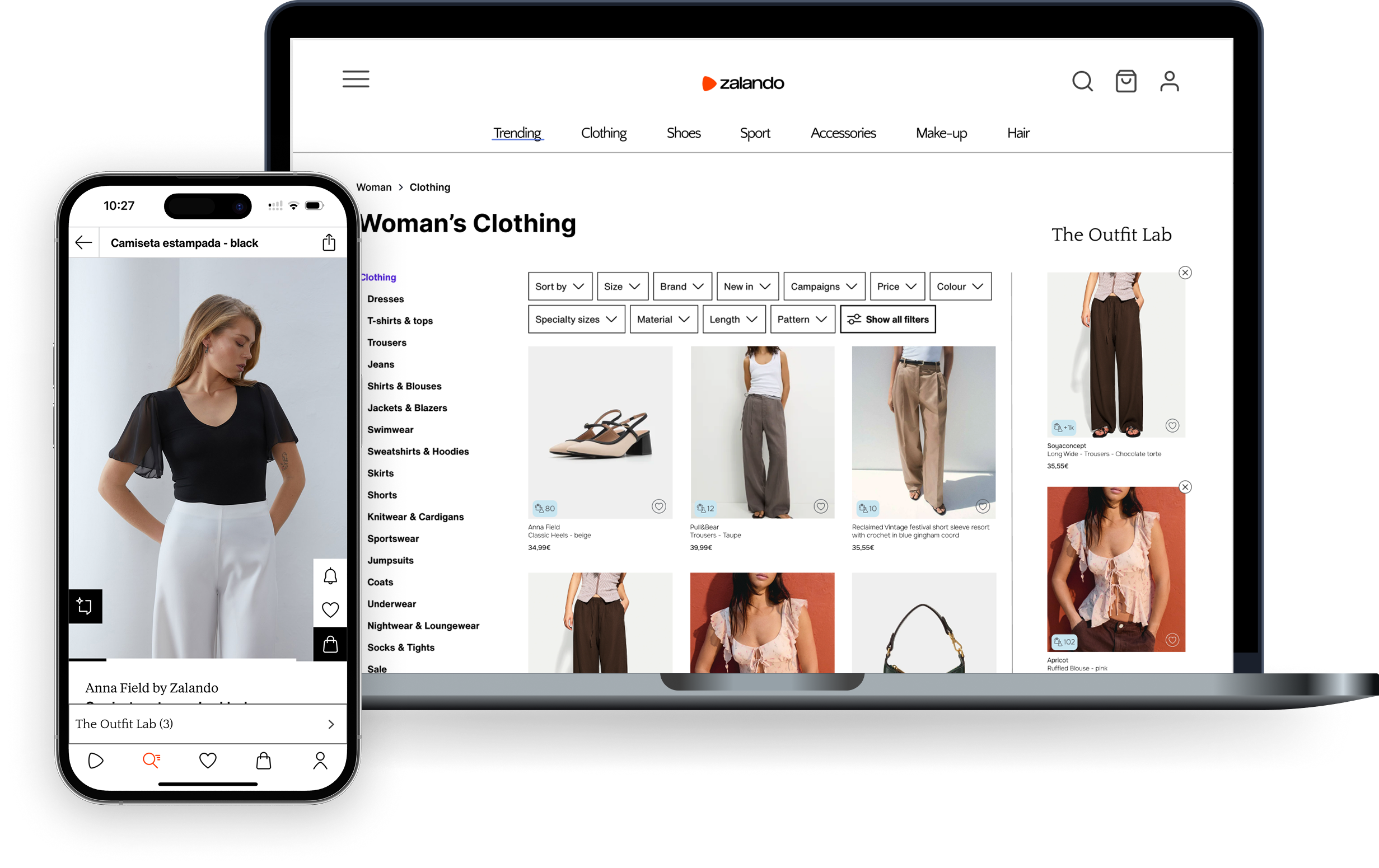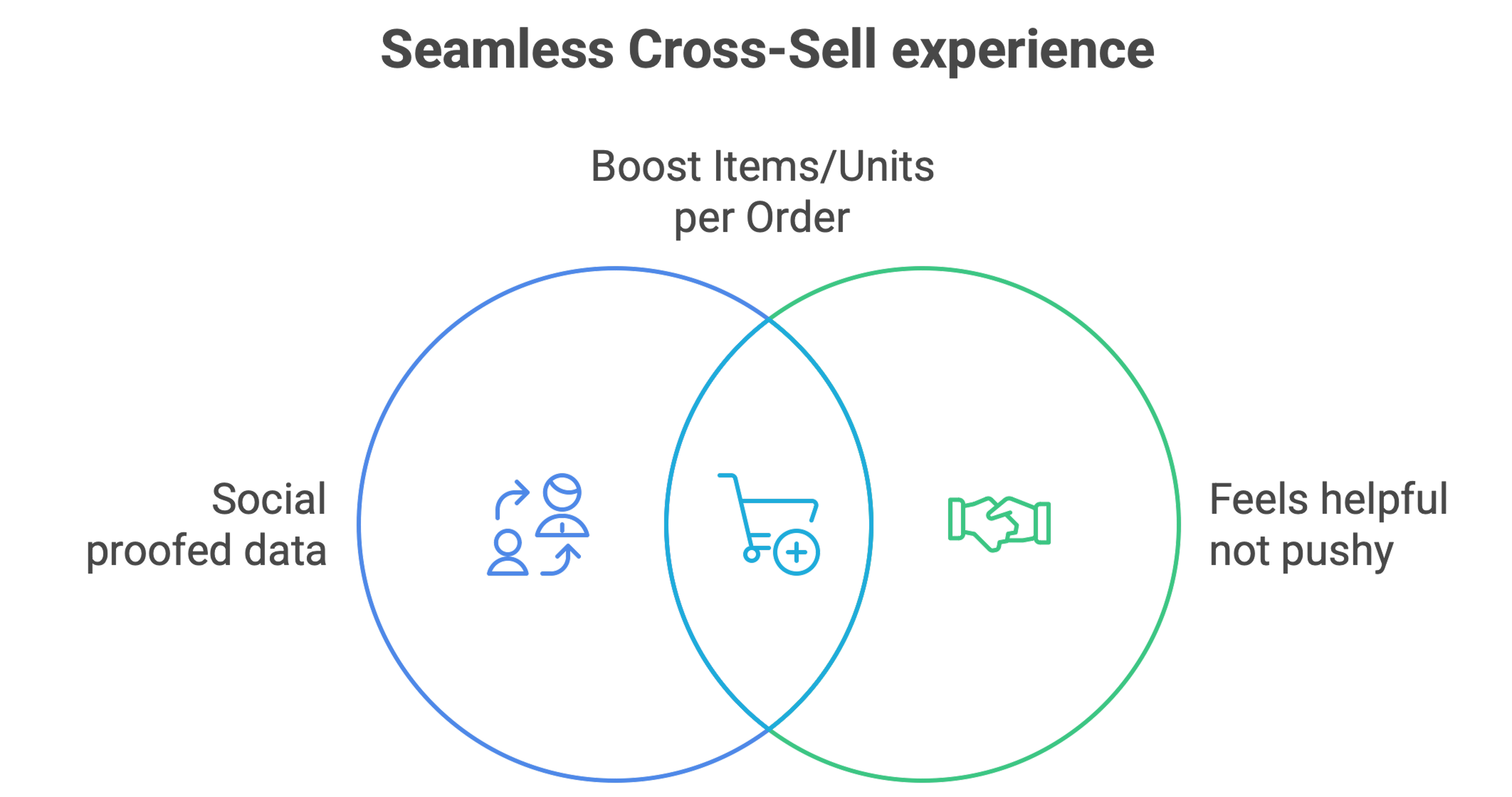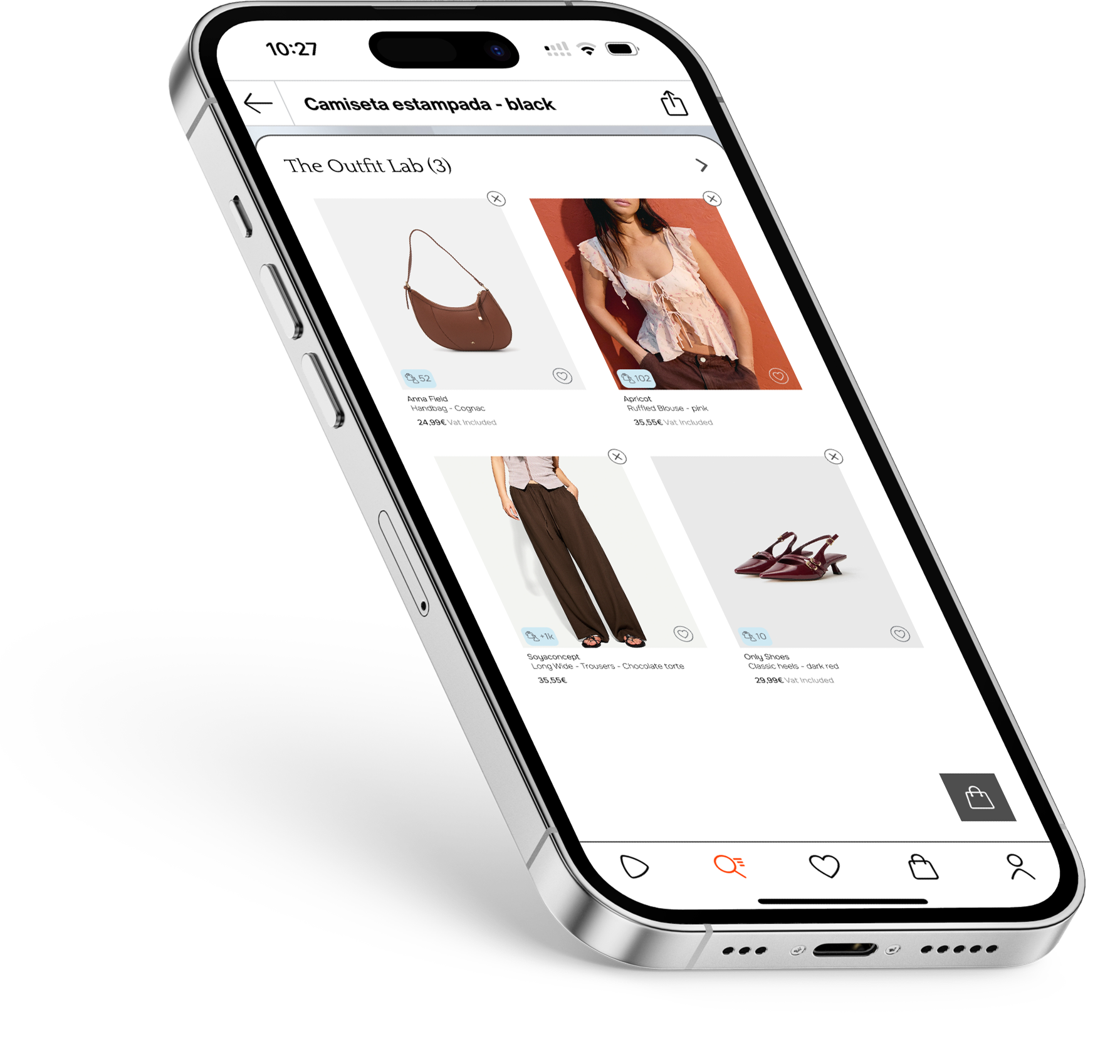
January - February 2025
Desktop
Figma, Maze, and Notion
Product Designer
Zalando, a leading e-commerce platform specializing in fashion and accessories, was preparing for a large-scale warehouse relocation. To optimize operational costs and reduce the expenses associated with moving inventory, the company aimed to maximize product sell-through in advance of the move.
How might we encourage customers to discover and purchase more complementary items in a way that feels helpful rather than intrusive, while also supporting Zalando’s goal of reducing warehouse inventory ahead of a major relocation.
Design a seamless, data-informed cross-sell experience that:

• Processing the quantitative data I obtained through heatmaps and clickstream analysis to observe behavioural patterns
• 1:1 remote interviews (5 users) to uncover the motivations behind the patterns and contextualise the data
The mixed-method research approach yielded valuable insights. Here are the main User Motivators and Behavioural patterns.
1. Price Sensitivity & Purchase Urgency
Seasonal sales for limited time make people drive up the engagement
2. Personalization & Seamless Transactions
Users are drawn to fast, tailored experiences and a frictionless checkout flow.
3. Niche Focus & Product RelevancePersonalization & Seamless Transactions
Specialized stores with clear messaging and value proposition convert better than broad, generalist platforms.
4. Trust Signals & Low-Friction UX
Users rely on detailed product specs, live stock info, and social proof to validate purchase decisions. Transparent content and visual clarity reduce decision fatigue and cart abandonment.
5. Payment Flexibility & Perceived Risk Reduction
Payment choice, especially Buy Now Pay Later, is under regulatory focus but still a key conversion driver.
I facilitated a cross-functional ideation workshop. With the help of “How Might We” that converted the insights into opportunities, we brainstormed and evaluated the ideas through three lenses:
→ User Value
→ Technical Feasibility
→ Business Impact
We considered many options. For some of the motivators, Zalando already has features in place to address them. For example, payment flexibility with Klarna or exclusive time sensitive orders, that while valid and we were going definitely to use those techniques, we wanted something on top that would differentiate us from the competitors.
Focusing on the insights like Product Relevance and Personalization, we arrived to solutions such as personalized outfits. While AI-generated bundles and outfit previews were promising, they were deprioritized due to technical complexity and inconsistent value. In that way, because of being The most impactful, low-effort concept we prioritized users creating their own bundles or outfits and reviewed by other users to also touch on the social proof side.

After initial testing, we observed new user behaviours that shaped the next iteration of the feature. Here are some of the most relevant changes

Several users began using the bundle feature not just for one-time purchases, but to build minimalist wardrobes selecting a few versatile pieces that could be styled in multiple combinations. To support this use:
→ Iteration: We introduced a badge on product cards to show how often an item appeared in user-created outfits.
→ Filter Update: This data was added as a filter option (e.g., “Most Styled Items”) to help users prioritize versatile products during discovery.
We found that some users continued using platforms like Pinterest and TikTok for outfit inspiration, and many didn’t return to complete their purchase journey on Zalando.
→ Iteration: We enabled seamless social sharing of bundles with visually appealing previews and smart metadata (like item tags + total price) to encourage return visits.
+18% in cross-sell clickthrough rate→ Users engaged more when they saw peer-created bundles with social proof.
+12% in Average Items per order→ Bundling gave shoppers a reason to add more items they might not have searched for.
💬 3 out of 5 users described the feature as“Helpful” and “Made sense visually”
Even when useful features exist, they can fail if users can’t find or understand them. Enhancing visibility and context around the “Complete the Look” section significantly increased engagement.
Letting users create their own bundles made the experience feel personal, flexible, and less like upselling. This empowered behaviour outperformed AI-driven suggestions.
Allowing users to build their own outfits gave them a sense of ownership and creativity. This not only boosted engagement but also made users more emotionally invested in their selections, leading to higher perceived value and increased likelihood of purchase.
Badges and visibility into peer-created looks made items feel more trustworthy and versatile, encouraging cross-sell behaviour.